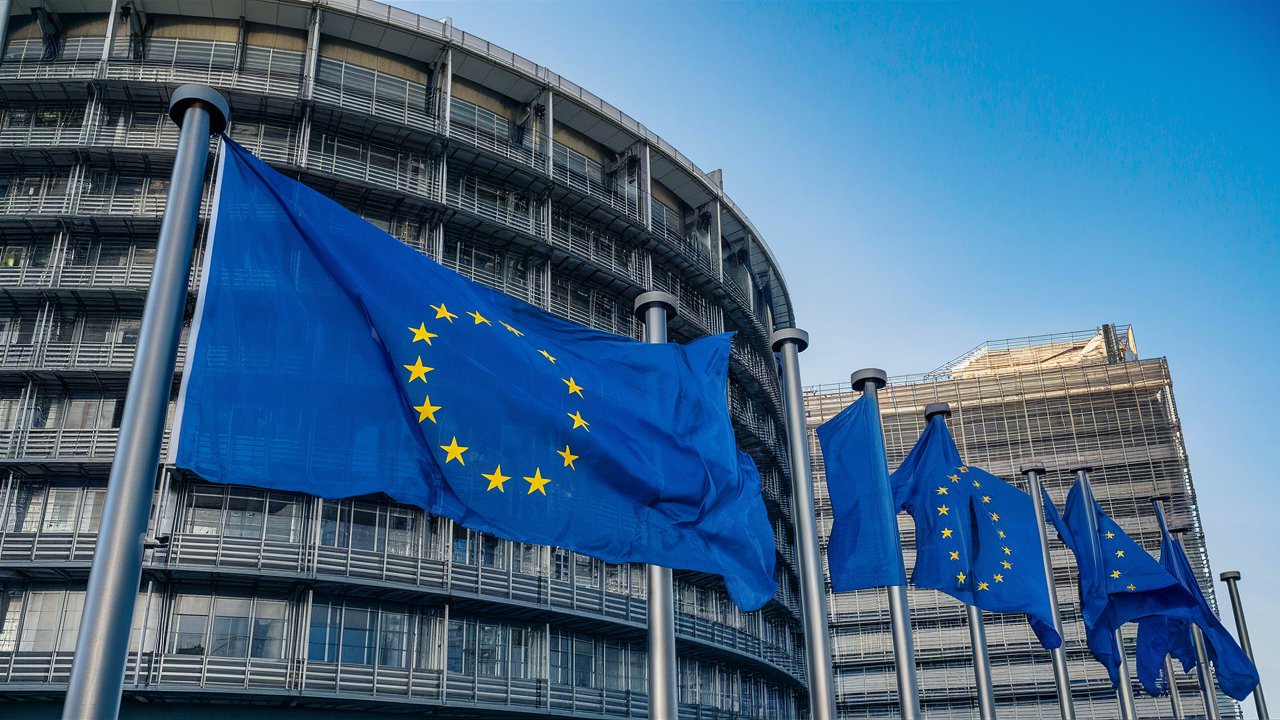
After the European Parliament elections in June 2024, which modified the composition of the chamber’s now 720 Members, the European Union is now starting the so-called ‘institutional cycle’ for 2024-2029 with the election of the new top jobs and the new College of Commissioners. However, the institutional cycle does not end with the election of the new Cabinet of the European Commission, as other agenda-setting activities take place as part of this cycle. What is the European Union’s institutional cycle and how does it affect the EU’s policy-making?
As the EU’s governance system is complex and composed of several institutions, with a sophisticated checks-and-balances design, the policies of the EU and its political direction are decided in tandem. The European Union’s institutional cycle follows a five-year cycle, which begins and ends with the elections to the European Parliament. This cycle is central to the functioning of the EU, as it not only sets the political priorities for the Union but also determines the leadership of its major institutions.
The start: European Parliament Elections and appointments
The EU institutional cycle is anchored by the elections to the European Parliament, which take place every five years. These elections kickstart the process of renewing both the leadership and the political direction of the EU to a certain extent.
Even though after the Treaty of Lisbon the political groups represented in the European Parliament put forward their own candidates for European Commission President (a process known as spitzenkandidat), the actual nomination for the President of the European Commission is carried out by the European Council, composed of the Heads of State and Government of the Member States.
The European Council officially nominates the candidate for the President of the European Commission ‘taking into account the elections to the European Parliament’ and ‘after having held the appropriate consultations’, which is then formally confirmed by the European Parliament in a vote – one that backed EPP’s Ursula von der Leyen in July 2024 for a second mandate, with a bigger parliamentary majority than in 2019.
The European Council also elects its new President and appoints a High Representative of the Union for Foreign Affairs and Security Policy.
At this time, as part of the same political agreement made by the main ‘political families’ in the EU, a new European Parliament president is elected for half of the five-year term, i.e. 2 and a half years mandate. This appointment is then renewed or re-negotiated at the middle of the cycle.
The College of Commissioners
Once the top jobs are appointed, the most important piece that follows is the election of the new College of Commissioners, typically – until now – one per Member State. Each Member State puts forward one (or several) names in the European Council, and the new President of the European Commission selects those members. The selection is made under extensive negotiations, balancing various political, geographical, and gender considerations.
The process does not end there yet, as the European Parliament has a power to veto the new College of Commissioners. In practice, rounds of hearings are organised with each of the nominees where Members of the European Parliament pose questions and consider whether they can support or reject them. The Parliament does not approve or reject the candidates individually but as a whole, which prompts the new Commission President to negotiate in advance and make changes to the composition of the nominees throughout the hearing phase. In recent years, the European Parliament has expressed concerns to at least one nominee in the initial proposal, exerting its political power and threat of veto, prompting the Commission President to put forward an alternate candidate.
Setting the priorities
The ‘institutional cycle’ involves other activities further to the appointment of top jobs and the new Cabinet. As explained above, given the institutional complexity of the European Union, there is also a system of priority-setting that is shaped by an interplay of different institutions throughout the cycle.
The European Council also has a highly relevant role, establishing first its Strategic Agenda for the entire five-year cycle. You can see the 2019-2024 strategic agenda here, which included the broad themes and priorities under which the European Council would operate in the coming years, including climate change, security, economic union and external affairs.
The European Commission then starts working on the priorities outlined in the Strategic Agenda, as well as under its new President’s political guidelines presented to the European Parliament – see Ursula von der Leyen’s political guidelines for 2024-2029.
Finally, the European Council also adopts the strategic guidelines for justice and home affairs, as requested by the Treaties. These guidelines are also reviewed mid-term during the cycle, and guide the legislative and operational planning in this area.
Yearly work
Every year under the new cycle, the European Commission adopts its annual work programme based on the initial priorities.
Based on the priorities and guidelines mentioned above, the Commission also engages in dialogue with both co-legislators, the Council of the European Union and the European Parliament, to establish a Joint Declaration on legislative priorities. This Joint Declaration has existed since 2016 and enables better coordination amongst the institutions in making sure that legislative files are treated with the same degree of priority amongst the three of them. It is worth mentioning that on the side of the Council, these priorities are then translated into work agendas that are heavily influenced by the role of its rotating presidency, held every 6 months by a different Member State.
Conclusion: complexity works in the EU
The EU institutional cycle is a well-structured process that attempts at ensuring a smooth and effective implementation of its policies.
Given the intricated structure of institutions that must represent a wide range of interests, representing governments, citizens and the broad expertise contained in the EU, the system of priority-setting reflects this complexity. This system is constantly being refined to ensure that consensus and cooperation, which amongst the foundational values of the European Union, always remain as guiding beacons of the EU’s actions.
In 2024 we are immersed in the set up of a new cycle, as historical events unfold that will shape the new priorities of the European Union. Our job in public affairs is to contribute to the policies developed under those priorities, ensuring they are representative and constitute the best fit for society.





At RPP, we specialize in navigating highly regulated sectors. We approach our role in the political and social landscape with a deep sense of responsibility, viewing public affairs as a critical tool for advancing societal progress, rather than a commercial pursuit. Our commitment is to leverage our sector-specific knowledge to drive meaningful change and contribute positively to the communities we serve.